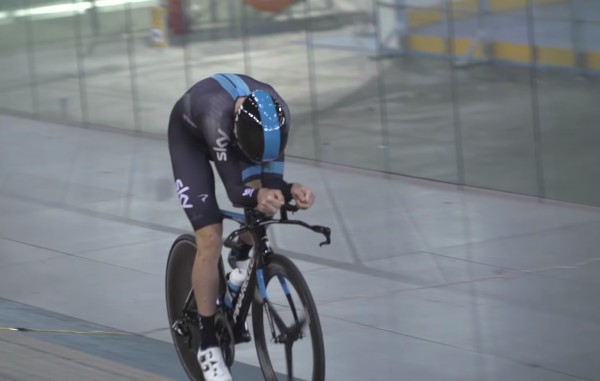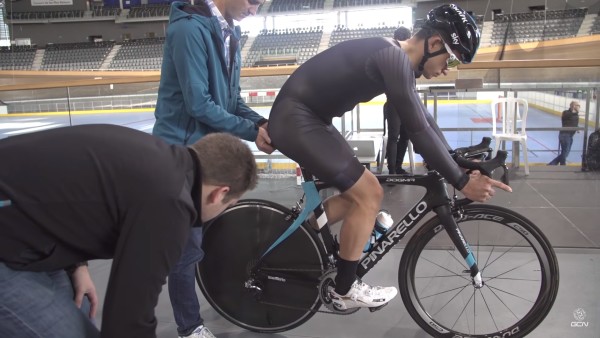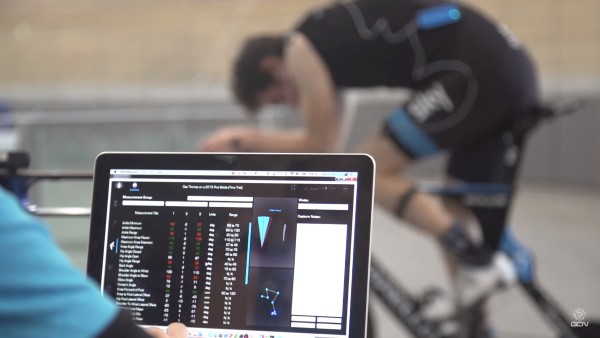If you’re not first you’re last, and shaving every single sliver of time off your effort is critical in racin’. Especially when the riders at the top of their game sometimes have less than 1 or 2% separating their abilities. Though good equipment is crucial, nothing is more varying than the athlete’s position on their equipment and they need to get that dialed so that their output produces the best possible performance.
Check out the insightful video past the break that takes you behind the scenes of Team Sky’s “outside of the box wind tunnel” approach…..
Some say a pony tail caused the 1989 Tour de France upset when Lemond overtook Fignon in the final time trial giving him an 8 second overall advantage. In a 2041 mile race that was won in 87 hours, 38 minutes, and 35 seconds. Lemond was a mere .00025% faster than the pony-tailed “Professor”. Let that sink in for a second… or eight.
Our friends across the pond at GCN, (Global Cycling Network), sent us this video (below), of their Matt Stevens sitting down with Sky’s management for an exclusive behind the scenes look into their week long testing to get faster. Like many other Tour teams, Sky invests a lot into the “off-bike” crew because regardless of the riders’ talents, the simplest of outside variances can make or break a victory and you need… well a scientist to make sure each athlete is optimized.
One of Sky’s key members is Master of Aeroness, Robbie Ketchell. Rob has taken the data analytics of aerodynamics to another level by using technology in a real world environment rather than a wind tunnel. Taking a rider’s power output while he is actually riding (novel idea, I know), they take a live look at power while at a “Set Speed” to determine the Drag in current riding position. They then take a look at the rider’s bio-metric data to make sure the rider is not in too extreme a position to produce said results to prevent injury.
Doing this, they can adjust the rider with the goal of either increasing the rider’s speed at the same power output, or decreasing the rider’s output at the same speed without risking injury during a very long and fatiguing season. By measuring everything during a rider’s more natural state, the results will be more likely to be reproduced during a race.


